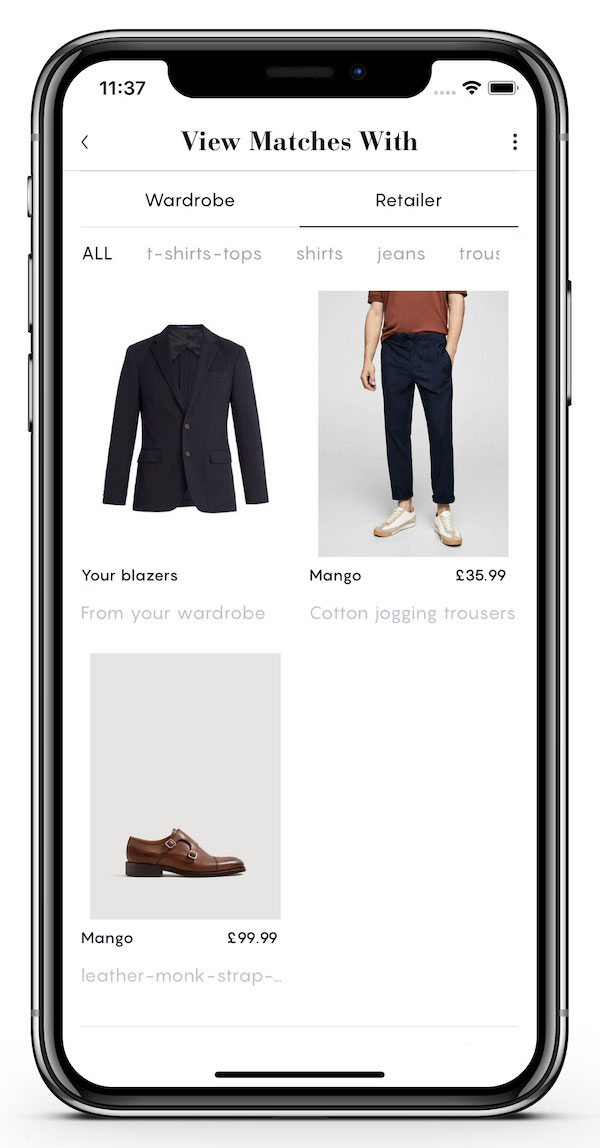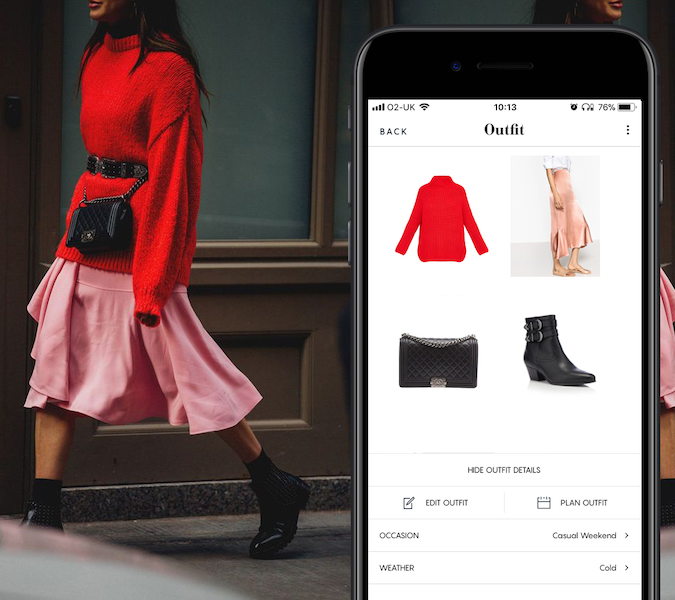This is one of the articles about "A.I. in production." It contains a story about a real company using A.I. in their products or building an MLOps tool.
This is NOT a sponsored content. I don't endorse the interviewed company and its products in any way. They don't endorse me either.
Table of Contents
There is one shirt which I really, really like. The problem is, nobody else likes it. I may try to find matching garments, but the effort seems futile. My girlfriend says that the only way to make this shirt look good is to put it into a dumpster. I still don’t believe that it is the only way.
It seems strange, but apparently, on some occasions wearing black jeans, black t-shirt, and a check pattern shirt is not acceptable. How am I supposed to know which of my clothes should I wear?
Fortunately, I am not the only person who has such a problem which means that there is a solution. In this case, the solution is kind of expensive. I could hire a stylist for a day. I could, but that does not mean that I will ever do it.
A.I. stylist
If I had an iOS phone instead of Android, I wouldn’t have to hire a stylist because Intelistyle created an app for people with wardrobe problems similar to mine.
Their app provides access to an A.I. stylist which is extremely easy to use. The users take pictures of the garments they already have. After that, they answer a few questions regarding their body type, skin tone, personal preferences, and the occasion they want to get dressed for. The app does the rest. It searches for the clothes appropriate for the occasion and picks the matching outfit.
Last week, I interviewed Michael Michelis, who is the COO and a co-founder of Intelistyle. During a brief conversation, we talked about the high-level building blocks of the Intelistyle’s A.I.
How does it work?
The solution consists of multiple models working together. The first model is trained to extract garments from pictures of outfits by finding bounding boxes. The second model detects attributes such as material, cut, colors, etc. Those features end up in a database and can be used by the recommender.
The recommender is yet another model trained using rules provided by stylists. This model uses the features describing the user, event, and available garments to find the best possible outfit. Of course, users may always decide to extend their wardrobe by instructing the application to look for matching clothes not only in your inventory but also in the shop.
In the end, developers deliver the model’s recommendation using an API. Such an approach allows them to offer their A.I. styling services to retailers like D&G and Lane Crawford in various form, such as a chatbot, in addition to the mobile phone application.

What do they want to achieve?
According to Michael, the goal of the company is to provide the best recommendations for users interested in the best quality outfits. He wants to make the service available to everyone who cannot afford a personal stylist or is interested in styling advice.
To make sure that the users always get the best recommendations, Intelistyle continually crawls the fashion websites and influencer profiles. They retrain the model every couple of weeks to make sure that it always follows the emerging trends.

Book recommendation
When I asked Michael about a book recommendation, he chose “Lean Startup” by Eric Ries. The book instructs how to build a minimal viable product, validate the idea, and iteratively improve it. Such advice was beneficial for Intelistyle because of the issue they had with one of the first versions of their recommendation model.
They asked European stylists to help them train the model, then they generated outfit suggestions and showed them to their Asian client. Have you already spotted the problem? The client hated every single one of the recommendations! After that, Intelistyle retrained the models to take cultural and regional preferences into account.
For more information about Intelistyle, fashion, and the technology they use, visit the Intelistyle blog: https://www.intelistyle.com/blog/
